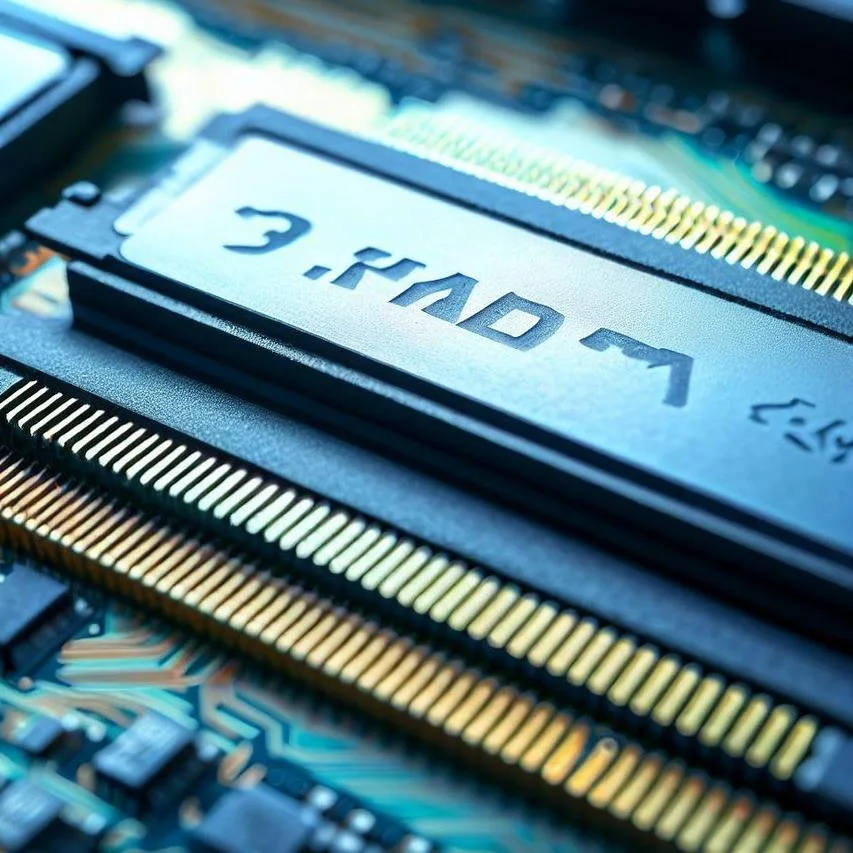Welcome to our comprehensive DDR3 wiki, where we delve into the details of DDR3 RAM technology. DDR3 (Double Data Rate 3) is a type of computer memory that played a crucial role in shaping the landscape of computing devices. In this article, we’ll explore the key features, benefits, and limitations of DDR3 RAM, along with its historical significance and frequently asked questions.
The evolution of ddr3 ram
DDR3 RAM marked a significant advancement in memory technology when it was introduced to the market. It succeeded its predecessor, DDR2, and brought notable improvements in terms of speed, efficiency, and capacity. With a higher data transfer rate and improved power consumption compared to DDR2, DDR3 quickly became the preferred choice for various computing applications.
Key features and benefits
DDR3 RAM introduced several key features that contributed to its popularity:
- Higher Data Transfer Rates: DDR3 offered faster data transfer rates compared to its predecessors, allowing for smoother multitasking and improved overall system performance.
- Lower Power Consumption: The voltage requirements of DDR3 modules were reduced, leading to improved energy efficiency and extended battery life in laptops and mobile devices.
- Increased Capacity: DDR3 modules could provide larger memory capacities, accommodating the growing demands of memory-hungry applications and operating systems.
- Backward Compatibility: Many motherboards were designed to support both DDR2 and DDR3 RAM, easing the transition to the new technology.
Limitations of ddr3 ram
While DDR3 brought significant improvements, it also had its limitations:
- Lower Bandwidth: DDR3’s bandwidth was surpassed by subsequent DDR4 and DDR5 technologies, limiting its performance for high-end applications.
- Latency: DDR3 modules exhibited higher latency compared to later generations, which could affect real-time responsiveness in certain scenarios.
Historical significance
DDR3 RAM played a crucial role in the advancement of technology during its prime. It was the standard choice for personal computers, laptops, and servers for many years, facilitating the transition to faster and more efficient computing environments.
Frequently Asked Questions (FAQs)
Q: Is DDR3 RAM still relevant?
A: While DDR3 RAM has been succeeded by newer generations, it is still relevant for older systems. However, for optimal performance, newer systems should consider DDR4 or DDR5 options.
Q: Can I mix DDR3 with other types of RAM?
A: It’s not recommended to mix different types of RAM, as it can lead to compatibility issues and performance degradation. Stick to using the same type of RAM for best results.
Q: Can I upgrade from DDR3 to DDR4?
A: Upgrading from DDR3 to DDR4 usually requires a new motherboard, as the two types have different physical and technical specifications. It’s best to check your system’s compatibility before attempting an upgrade.
Q: How do I identify DDR3 RAM?
A: DDR3 modules typically have 240 pins and notches that are positioned differently from DDR2 and DDR4 modules. Check your system’s documentation or use a system information tool to confirm the type of RAM installed.
Conclusion
In conclusion, DDR3 RAM has left an indelible mark on the history of computer memory technology. Its advancements in speed, efficiency, and capacity paved the way for more powerful computing experiences. While newer generations have taken the spotlight, DDR3 remains a testament to the constant evolution of technology.







